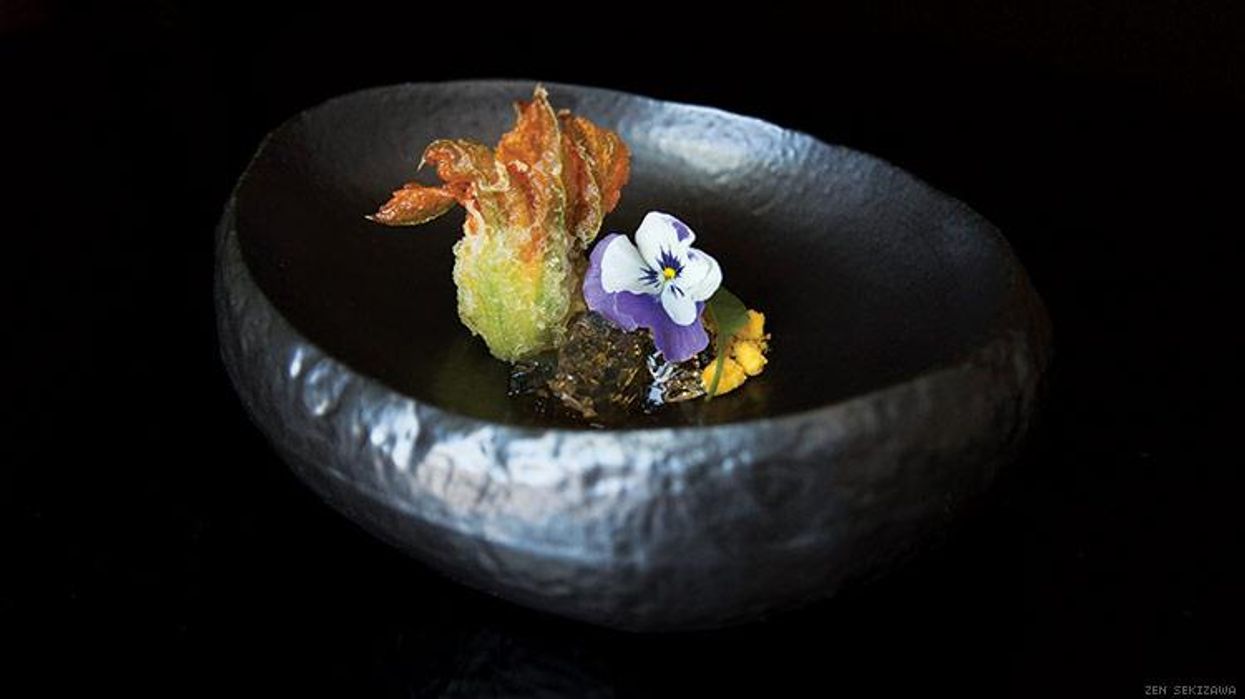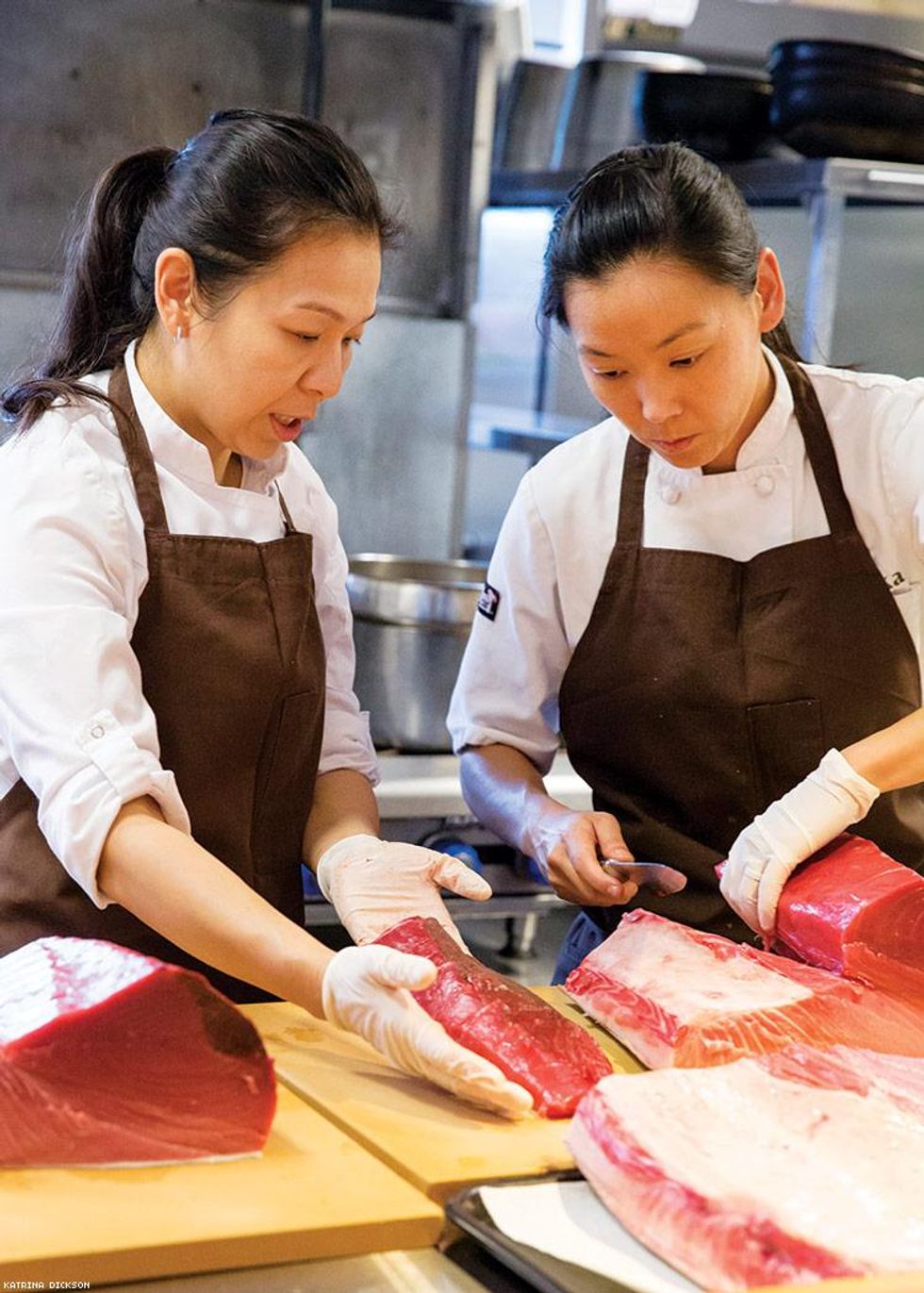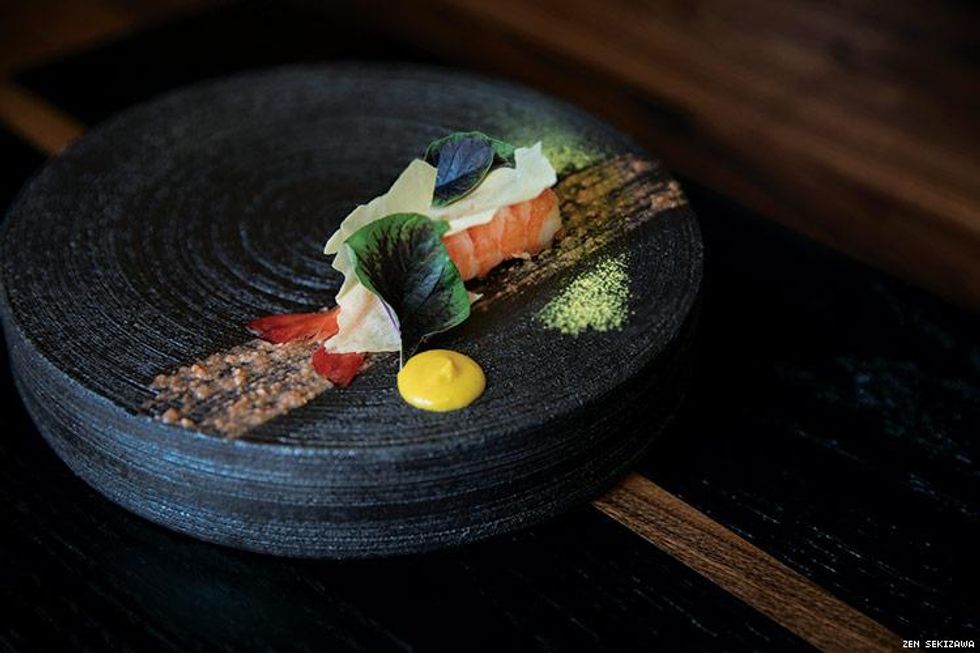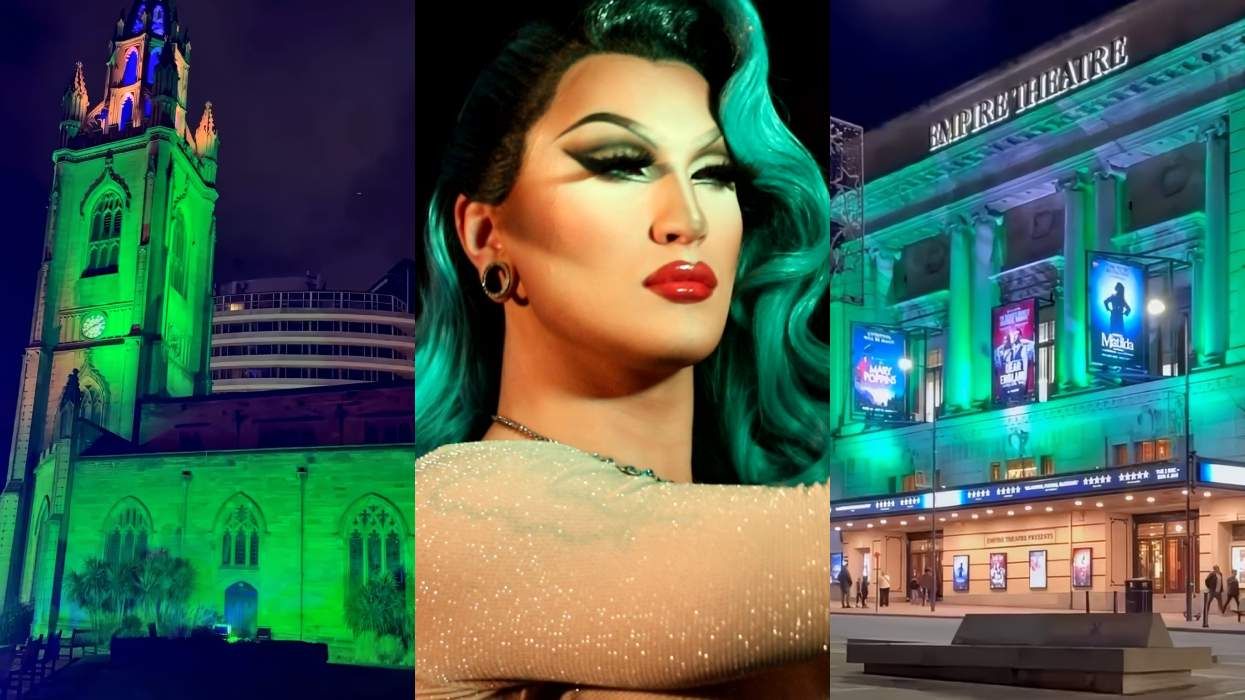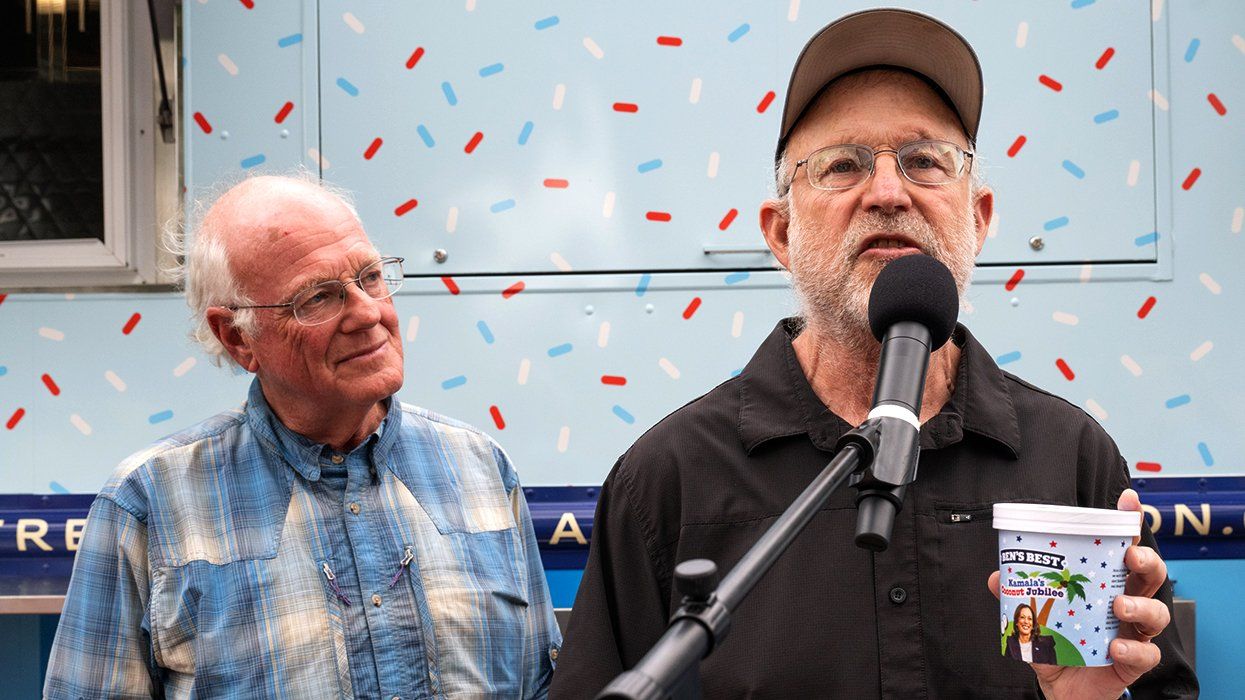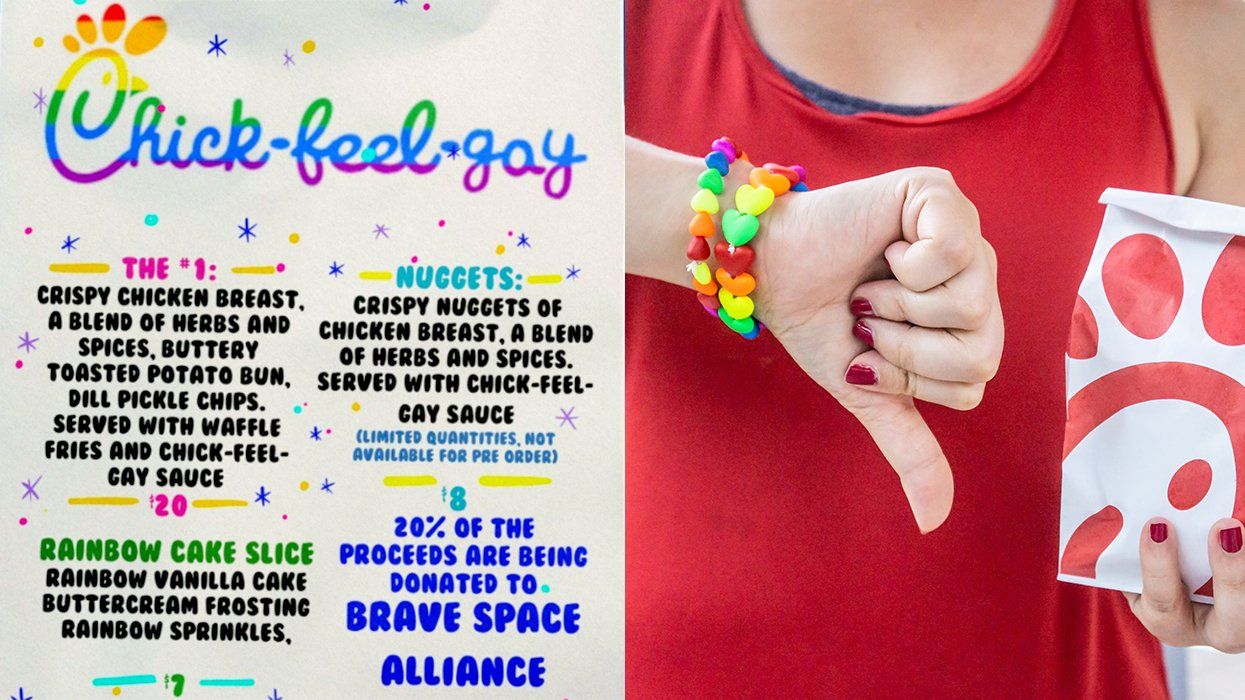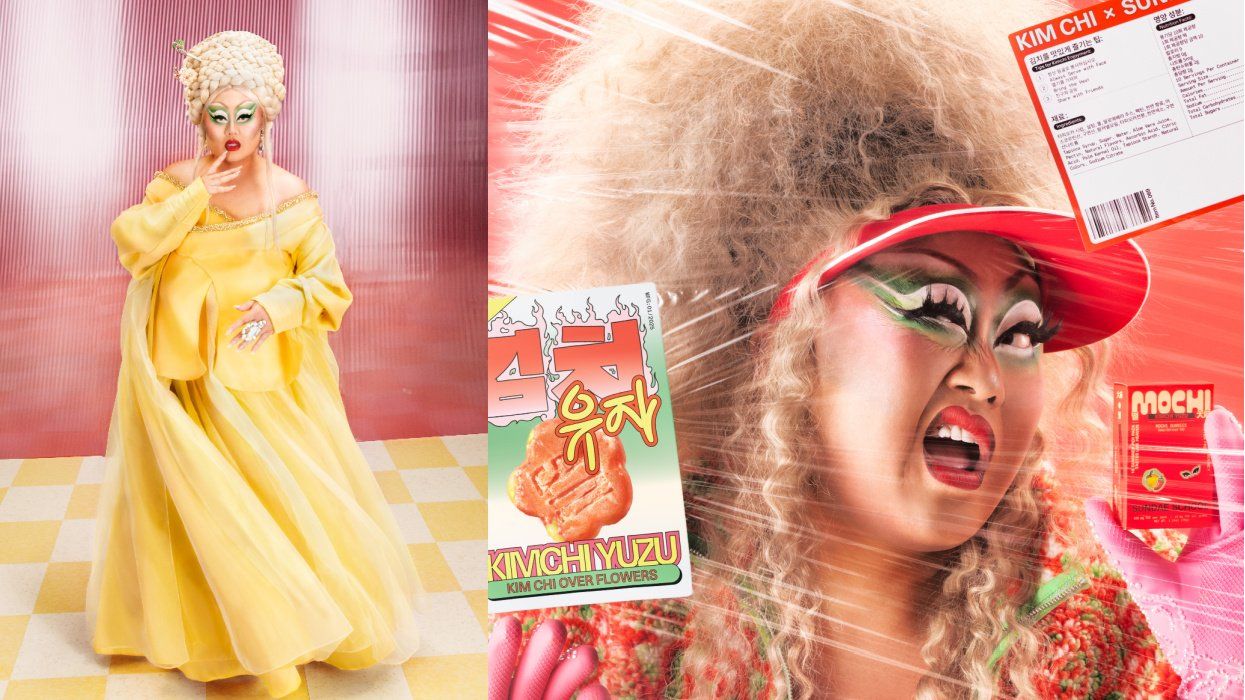Los Angeles chef Niki Nakayama is a rarity -- a lesbian who excels in traditional Japanese culinary art forms typically dominated by men.
"Growing up, I always knew I was different," Nakayama recalls. "I often felt ashamed because I was different in a way society frowned upon. If being gay impacted me as a chef, it would have to be that it drove me to try my best to succeed. I always felt that though I cannot change what I am, I can decide who I become."
As part of her culinary training, Nakayama took a three-year working tour of Japan, immersing in the country's traditional and cutting-edge cuisine. Her first restaurant, which opened in 2000, was the all-female-run Azami Sushi Cafe in L.A.
The "stigma around women making sushi," Nakayama told Los Angeles magazine in 2017, is "remarkable." Azami was heralded by Zagat and the Los Angeles Times, but closed during the recession. Her second restaurant, Inaka, served gourmet Japanese take-out by day and transformed into an eight-course chef's table by night.
In 2011, she opened n/naka, dedicated to the culinary art of kaiseki. It's considered one of the top restaurants in L.A. Thanks to universally glowing reviews and Nakayama's appearance on Netflix's Chef's Table, reservations book up three months in advance with diners from around the country. There were so few chefs doing kaiseki in Los Angeles that Nakayama says there wasn't the same kind of prejudice that still exists around sushi. Kaiseki reflects the cyclical rhythms of the Earth, focusing on fresh, seasonal, local ingredients, in their natural (unprocessed) states.
Nakayama, along with her wife and co-chef, Carole Iida-Nakayama, are dedicated to omotenashi (which values a guest's experience above all else). The restaurant's prix fixe $225, 13-course dinners can last two to three hours and recall elaborate tea ceremonies, drawing on Buddhist, Shintoist, and Taoist principles. They involve intricate menus with ingredients sourced locally, including native plants (sagebrush, mugwort, pine needles) foraged in Southern California forests.
"Kaiseki is really about honoring where you're at -- as in, the place you're in and your surroundings," Nakayama says. "Initially, we brought in a lot of the ingredients from Japan, but as time wore on I thought, I'm just trying to be kaiseki by bringing Japanese ingredients, but it's not really kaiseki, if I really wanted to be philosophical about it." So she thought: What could be the best way to represent California while still maintaining all the ideas of kaiseki and keep them in their most traditional sense? All of this is at the heart of n/naka.
Kaiseki is about "feeling grateful to nature and trying to represent where you're at seasonally, ingredient-wise," she told NPR in 2016. "The more we find things that are closer by or from here, the ingredients are going to be better, everything's going to be fresher."
Home cooks may never master kaiseki, but Nakayama says that we can bring elements of its philosophy into our own culinary habits. "As home cooks, you can use what is available -- and by this, I mean what's around you locally at the farmer's market, but also what you have in the refrigerator. Maybe there's a nubby carrot in the drawer that is still good, but when treated with respect and care, it could turn into something really delicious and nourishing. That philosophy of honoring your ingredients is a key pillar of kaiseki and one anyone can adopt."
